Down a Tokyo street lined with bright signs, up narrow stairs and behind a windowless door is a “snack bar” long cherished by regulars but hidden from tourists — until now.
Snack bars are cozy, retro establishments found across Japan, often crammed into small buildings and equipped with karaoke systems that echo late into the night.
They are typically run by a woman nicknamed “mama” who chats to customers while serving drinks with nibbles such as nuts, dried squid or simple cooked dishes.
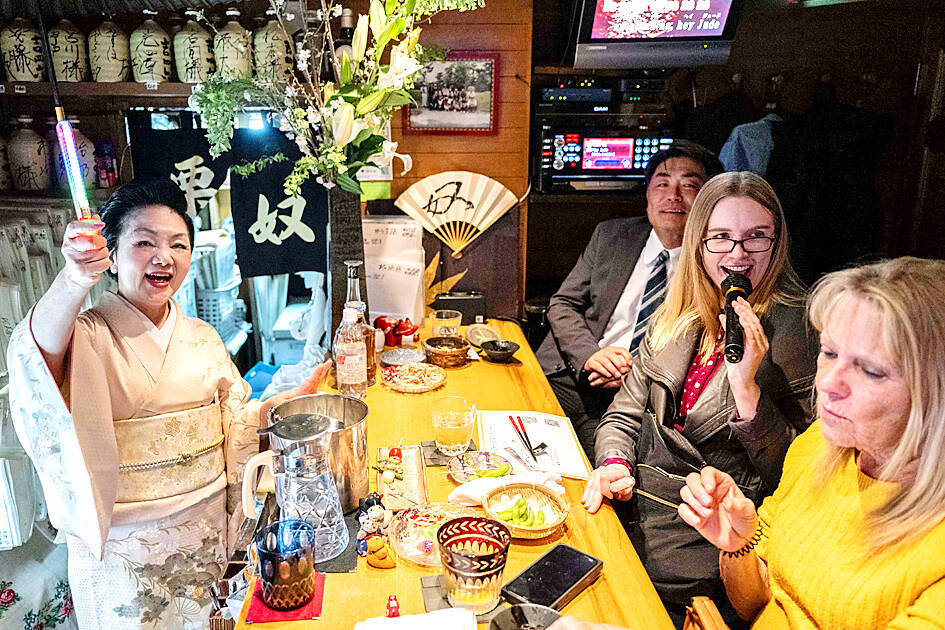
Photo: AFP
Despite being a fixture of Japanese nightlife since the post-war era, the tucked-away bars’ tight space can be intimidating, especially for people who do not speak the language.
So one company is offering guided tours to snack bars like Kuriyakko, in the capital’s Shimbashi business district.
Inside, dim lights reflect warmly off the red wall tiles, illuminating an art-deco poster as an American family belts out Hey Jude and Take Me Home, Country Roads.
Nora, who used to live in Japan, said she booked the tour for her parents, sister, aunt and uncle after seeing it on Instagram.
“I’ve always seen the signs for snack bars, but I wasn’t sure of how to enter them, or what to do,” said the 30-year-old, who is now based in San Francisco and did not want her surname published.
“My family hasn’t really been in Japan very often, so it was a good opportunity to get a real experience of the bar culture” in a “jovial” and “intimate” way,” she said.
‘KANPAI’
A guide from tour company Snack Yokocho teaches the group how to order whiskey highballs and plum wine in Japanese, and how to say “cheers” — “kanpai.”
Behind the bar, dressed in a smart pale kimono with her hair in a traditional updo, is “mama” Kuri Awaji, who has run Kuriyakko for 25 years.
It is one of about 100,000 snack bars in Japan, according to Snack Yokocho, and while most are run by women, some have a male “master.”
Although the atmosphere is less sexually charged than at modern host and hostess clubs, with the focus on convivial conversation, the history of snack bars is rooted in Japan’s red-light districts.
After World War II, some women turned to sex work to survive, but anti-prostitution laws were introduced at the time of the 1964 Olympics, Snack Yokocho representative Mayuko Igarashi said.
So to make money, they “took a simple wooden box to the regular street and served drinks and snacks.”
Little by little, these early snack bars moved indoors to small premises that the women could manage without having to prepare elaborate dishes.
Many were divorced and raising children alone, hence the “mama” nickname, Igarashi said.
“It was difficult for them to work during the day when the children were around, so after they went to bed, women stood at the counter to work in the evening,” she said.
FACE-TO-FACE
It is believed there were 200,000 snack bars in Japan in the 1950s and 60s, Igarashi said, but the number has declined as the operators retire or sell up.
Now with record numbers of tourists visiting Japan, Snack Yokocho said interest in its tours is growing.
As well as classic spots like Kuriyakko, the company’s guides bring visitors to themed snack bars such as a golf bar with a makeshift putting green.
It also sometimes runs tours for Japanese women who want to experience snack bar culture, but have reservations about knocking on a closed door alone.
For years, the bars’ clientele was almost exclusively men, Igarashi said.
However, as more women have joined the workforce, snack bars have become a “place for them to relax, or talk to ‘mama’ about their problems.”
People tend to talk on social media, but after a bad day, nothing beats face-to-face communication, she added.
“At a snack bar, people can look into each others’ eyes, and get to know each other very quickly — even strangers,” Igarashi said.
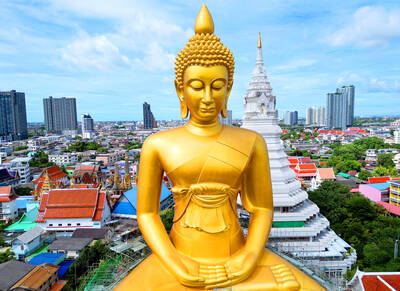
IDENTITY: A sex extortion scandal involving Thai monks has deeply shaken public trust in the clergy, with 11 monks implicated in financial misconduct Reverence for the saffron-robed Buddhist monkhood is deeply woven into Thai society, but a sex extortion scandal has besmirched the clergy and left the devout questioning their faith. Thai police this week arrested a woman accused of bedding at least 11 monks in breach of their vows of celibacy, before blackmailing them with thousands of secretly taken photos of their trysts. The monks are said to have paid nearly US$12 million, funneled out of their monasteries, funded by donations from laypeople hoping to increase their merit and prospects for reincarnation. The scandal provoked outrage over hypocrisy in the monkhood, concern that their status
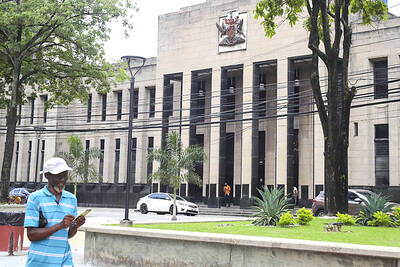
Trinidad and Tobago declared a new state of emergency on Friday after authorities accused a criminal network operating in prisons across the country of plotting to kill key government officials and attack public institutions. It is the second state of emergency to be declared in the twin-island republic in a matter of months. In December last year, authorities took similar action, citing concerns about gang violence. That state of emergency lasted until mid-April. Police said that smuggled cellphones enabled those involved in the plot to exchange encrypted messages. Months of intelligence gathering led investigators to believe the targets included senior police officers,
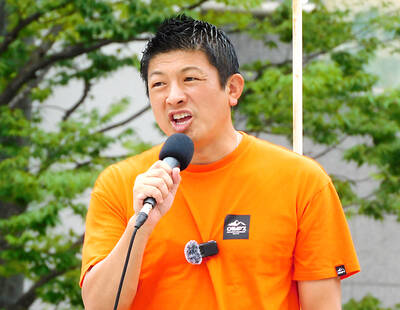
A disillusioned Japanese electorate feeling the economic pinch goes to the polls today, as a right-wing party promoting a “Japanese first” agenda gains popularity, with fears over foreigners becoming a major election issue. Birthed on YouTube during the COVID-19 pandemic, spreading conspiracy theories about vaccinations and a cabal of global elites, the Sanseito Party has widened its appeal ahead of today’s upper house vote — railing against immigration and dragging rhetoric that was once confined to Japan’s political fringes into the mainstream. Polls show the party might only secure 10 to 15 of the 125 seats up for grabs, but it is
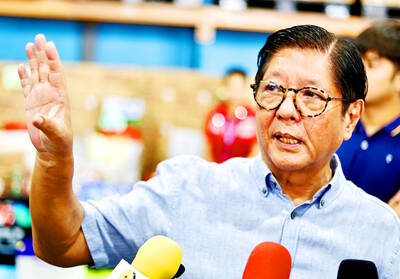
Philippine President Ferdinand Marcos Jr is to meet US President Donald Trump this week, hoping Manila’s status as a key Asian ally would secure a more favorable trade deal before the deadline on Friday next week. Marcos would be the first Southeast Asian leader to meet Trump in his second term. Trump has already struck trade deals with two of Manila’s regional partners, Vietnam and Indonesia, driving tough bargains in trade talks even with close allies that Washington needs to keep onside in its strategic rivalry with China. “I expect our discussions to focus on security and defense, of course, but also